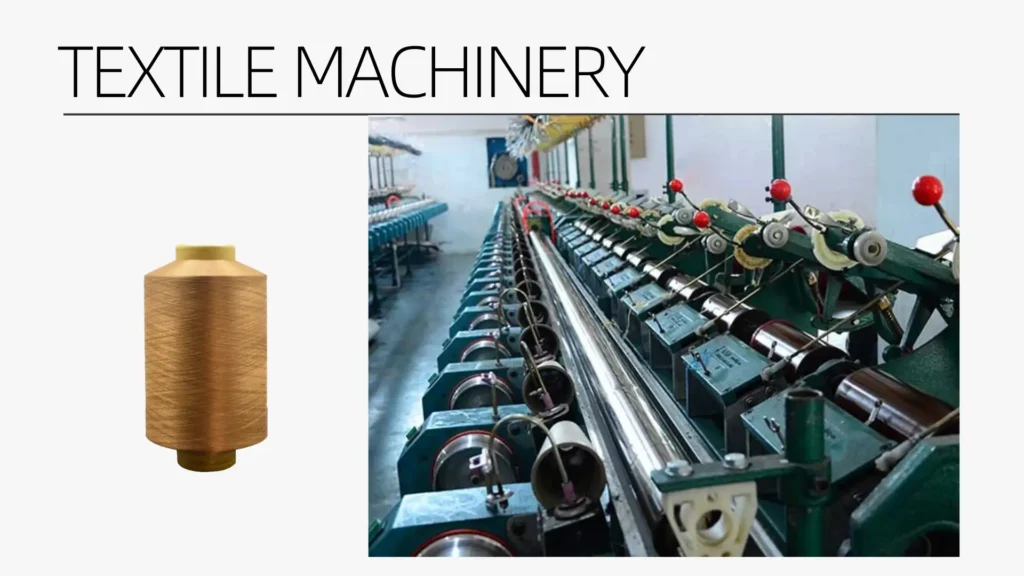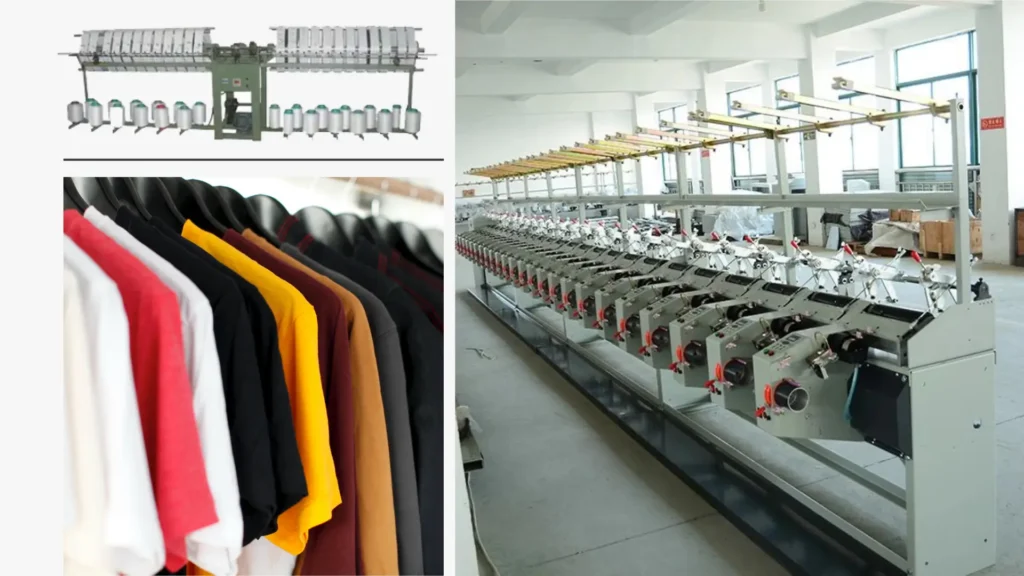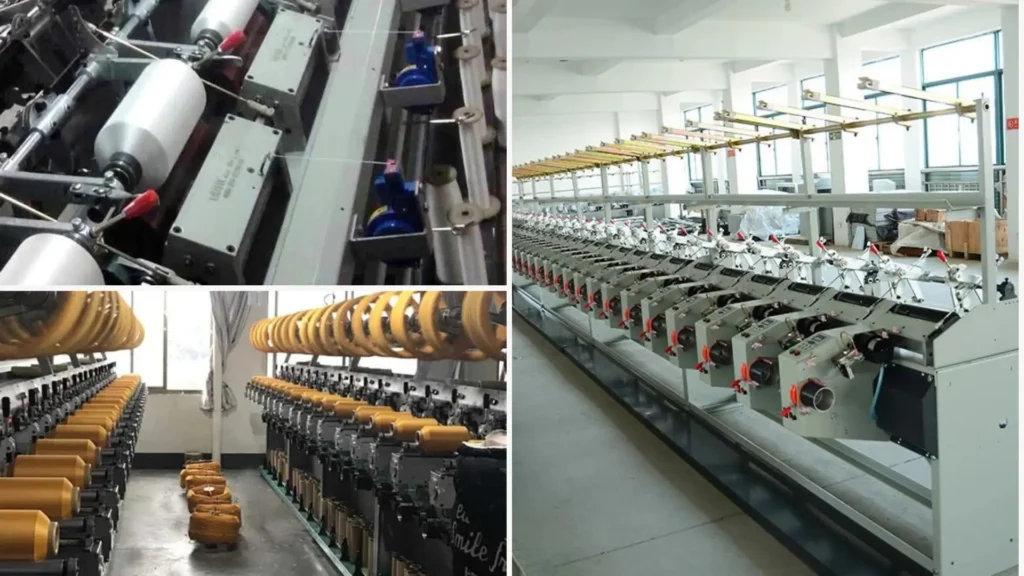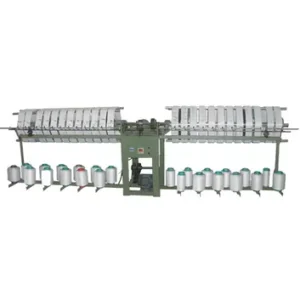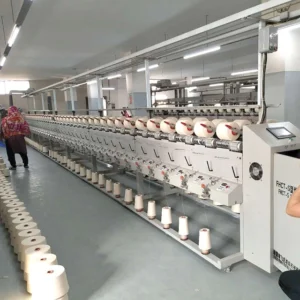The textile industry is undergoing a significant transformation as sustainability becomes a top priority for manufacturers and consumers alike.
Sourcing sustainable raw materials is a critical step in reducing the environmental impact of textile production.
From organic cotton to recycled polyester, sustainable materials not only help protect the planet but also meet the growing demand for eco-friendly products.
This article explores how to source sustainable raw materials for textile manufacturing, offering practical insights for businesses looking to make their supply chains greener and more ethical.
By understanding the importance of sustainable sourcing and the steps involved, manufacturers can position themselves as leaders in the movement toward a more sustainable future.
Also Read:
- Implementing Circular Economy Practices in Textile Manufacturing
- Ways to Achieve Carbon Neutrality in the Textile Industry
Why Is Sourcing Sustainable Raw Materials Important?
Reducing Environmental Impact
Sustainable raw materials are produced using methods that minimize harm to the environment.
This includes reducing water usage, avoiding harmful chemicals, and lowering carbon emissions.
For example, organic cotton farming uses significantly less water and eliminates the need for synthetic pesticides, which can contaminate soil and water sources.
By choosing sustainable materials, textile manufacturers can significantly reduce their ecological footprint and contribute to the preservation of natural resources.
Meeting Consumer Demand
Consumers are increasingly prioritizing eco-friendly products, with many willing to pay a premium for sustainable options.
A 2023 survey found that over 60% of consumers consider sustainability when making purchasing decisions.
Sourcing sustainable raw materials allows manufacturers to meet this demand and build trust with environmentally conscious customers.
This not only boosts sales but also enhances brand loyalty and reputation.
Compliance with Regulations
Many countries and regions are implementing stricter environmental regulations to combat climate change and pollution.
For instance, the European Union’s Green Deal aims to make Europe the first climate-neutral continent by 2050. Using sustainable materials ensures compliance with these laws and avoids potential legal and financial penalties.
It also positions companies as responsible players in the global effort to protect the environment.
What Are the Most Common Sustainable Raw Materials in Textile Manufacturing?
Organic Cotton
Organic cotton is grown without synthetic pesticides or fertilizers, making it a popular choice for sustainable textiles.
It uses up to 91% less water than conventional cotton and promotes healthier soil through crop rotation and natural pest control.
Organic cotton is also biodegradable, reducing waste at the end of its life cycle.
Recycled Polyester
Recycled polyester is made from post-consumer plastic waste, such as PET bottles.
It reduces the need for virgin polyester production, which is energy-intensive and relies on fossil fuels.
By diverting plastic waste from landfills and oceans, recycled polyester helps address the global plastic pollution crisis while providing a durable and versatile material for textiles.
Hemp and Linen
Hemp and linen are natural fibers that require minimal water and pesticides to grow.
They are biodegradable and have a lower environmental impact compared to many synthetic fibers.
Hemp, in particular, is known for its rapid growth and ability to improve soil health, making it an excellent choice for sustainable textile production.
Tencel and Lyocell
Tencel and Lyocell are fibers made from sustainably sourced wood pulp, typically from eucalyptus or beech trees.
They are produced in a closed-loop process that recycles water and solvents, making them highly eco-friendly.
These fibers are also soft, breathable, and biodegradable, making them ideal for a wide range of textile applications.
How to Identify Reliable Suppliers of Sustainable Raw Materials?
Certifications and Standards
When sourcing sustainable raw materials, certifications and standards are one of the most reliable ways to ensure the credibility of a supplier.
Look for suppliers with recognized certifications, such as GOTS (Global Organic Textile Standard) or OEKO-TEX.
These certifications guarantee that the materials meet strict environmental and social criteria.
For example, GOTS certification ensures that textiles are made from at least 70% organic fibers and that the entire production process adheres to ecological and social standards, including the use of non-toxic dyes and fair labor practices.
OEKO-TEX certification, on the other hand, focuses on ensuring that textiles are free from harmful substances, making them safe for both consumers and the environment.
By choosing certified suppliers, manufacturers can have confidence that their materials are genuinely sustainable and ethically produced.
Transparency in Supply Chains
Transparency is a cornerstone of sustainable sourcing. Reliable suppliers should provide clear and detailed information about their sourcing practices, including the origin of materials, production methods, and the environmental impact of their operations.
For instance, a supplier should be able to trace the journey of organic cotton from the farm to the factory, ensuring that every step aligns with sustainability principles.
Transparency allows manufacturers to verify that their suppliers are adhering to ethical and environmental standards, reducing the risk of greenwashing.
Tools like blockchain technology are increasingly being used to enhance supply chain transparency, enabling real-time tracking and verification of sustainable practices.
By prioritizing transparency, manufacturers can build trust with their customers and ensure the integrity of their supply chains.
Ethical Labor Practices
Sustainable sourcing goes beyond environmental considerations—it also involves ensuring fair and ethical labor practices.
Reliable suppliers should adhere to ethical standards, such as paying fair wages, providing safe working conditions, and prohibiting child or forced labor.
For example, certifications like Fair Trade or SA8000 focus on social accountability, ensuring that workers are treated with dignity and respect.
Ethical labor practices not only support social sustainability but also align with the values of modern consumers, who are increasingly concerned about the human impact of their purchases.
By partnering with suppliers who prioritize ethical labor practices, manufacturers can demonstrate their commitment to social responsibility and build a positive brand image.
Additionally, ethical labor practices often lead to higher worker satisfaction and productivity, which can benefit the entire supply chain.
What Are the Challenges of Sourcing Sustainable Raw Materials?
Higher Costs
Sustainable materials often come at a higher cost due to the environmentally friendly practices involved in their production.
For example, organic cotton farming requires more labor and careful management compared to conventional methods.
However, the long-term benefits, such as brand reputation and customer loyalty, can outweigh these costs.
Limited Availability
Some sustainable materials may have limited availability, especially in large quantities.
For instance, recycled polyester may not always meet the demand for high-volume production.
Building strong relationships with suppliers and planning ahead can help mitigate this challenge.
Balancing Quality and Sustainability
Ensuring that sustainable materials meet the required quality standards can be challenging.
For example, recycled fibers may have different properties compared to virgin materials.
It’s important to work closely with suppliers to find materials that are both eco-friendly and high-quality.
How to Integrate Sustainable Raw Materials into Existing Production Processes?
Assessing Current Practices
Start by evaluating your current production processes to identify areas where sustainable materials can be incorporated.
This may involve redesigning products or adjusting manufacturing techniques to accommodate new materials.
Collaborating with Suppliers
Work closely with suppliers to ensure a smooth transition to sustainable materials.
This includes testing new materials and ensuring they meet your quality and performance standards.
Collaboration can also help identify innovative solutions to potential challenges.
Educating Your Team
Train your team on the importance of sustainability and how to work with new materials.
This will help ensure a seamless integration and maintain product quality. Education can also foster a culture of sustainability within your organization.
What Are the Benefits of Using Sustainable Raw Materials?
Enhanced Brand Reputation
Using sustainable materials demonstrates your commitment to environmental responsibility, which can enhance your brand’s reputation and attract eco-conscious customers.
A strong reputation for sustainability can differentiate your brand in a competitive market.
Long-Term Cost Savings
While sustainable materials may have higher upfront costs, they can lead to long-term savings by reducing waste, improving efficiency, and minimizing regulatory risks.
For example, using recycled materials can lower raw material costs over time.
Positive Environmental Impact
By sourcing sustainable materials, you contribute to reducing pollution, conserving natural resources, and protecting ecosystems, creating a positive impact on the planet.
This aligns with global efforts to combat climate change and promote sustainability.
How to Communicate Your Sustainability Efforts to Customers?
Clear Labeling and Packaging
Use clear labeling to highlight the use of sustainable materials in your products.
This helps customers easily identify eco-friendly options and make informed purchasing decisions.
Storytelling Through Marketing
Share the story behind your sustainable sourcing efforts through marketing campaigns.
This can include information about your suppliers, production processes, and environmental impact.
Storytelling creates an emotional connection with customers and reinforces your brand’s commitment to sustainability.
Engaging with Customers
Engage with customers through social media, blogs, and events to educate them about your sustainability initiatives. This builds trust and fosters a sense of community around your brand.
Customer engagement also provides valuable feedback to improve your sustainability efforts.
Conclusion
Sourcing sustainable raw materials is a crucial step for textile manufacturers looking to reduce their environmental impact and meet the growing demand for eco-friendly products.
By understanding the benefits, challenges, and best practices, businesses can make informed decisions that align with their sustainability goals.
From organic cotton to recycled polyester, sustainable materials offer a pathway to a greener future for the textile industry.
By prioritizing sustainability, manufacturers can not only protect the planet but also build stronger relationships with customers and enhance their brand reputation.
The journey toward sustainability is ongoing, but with the right strategies and commitment, it is a journey that can lead to lasting success.

